Fall 2016 Final Reviews at SCI-Arc Reveal New Levels of Ingenuity, Problem-Solving, and Engagement
The second week of December ushered in a week of final reviews for the 2016 fall semester’s coursework across SCI-Arc’s graduate and undergraduate programs. Several dynamic months for SCI-Arc students were guided by Undergraduate Program Chair Tom Wiscombe, Graduate Programs Chair Elena Manferdini, Post-Graduate Programs Chair David Ruy, and a unique roster of guest instructors.
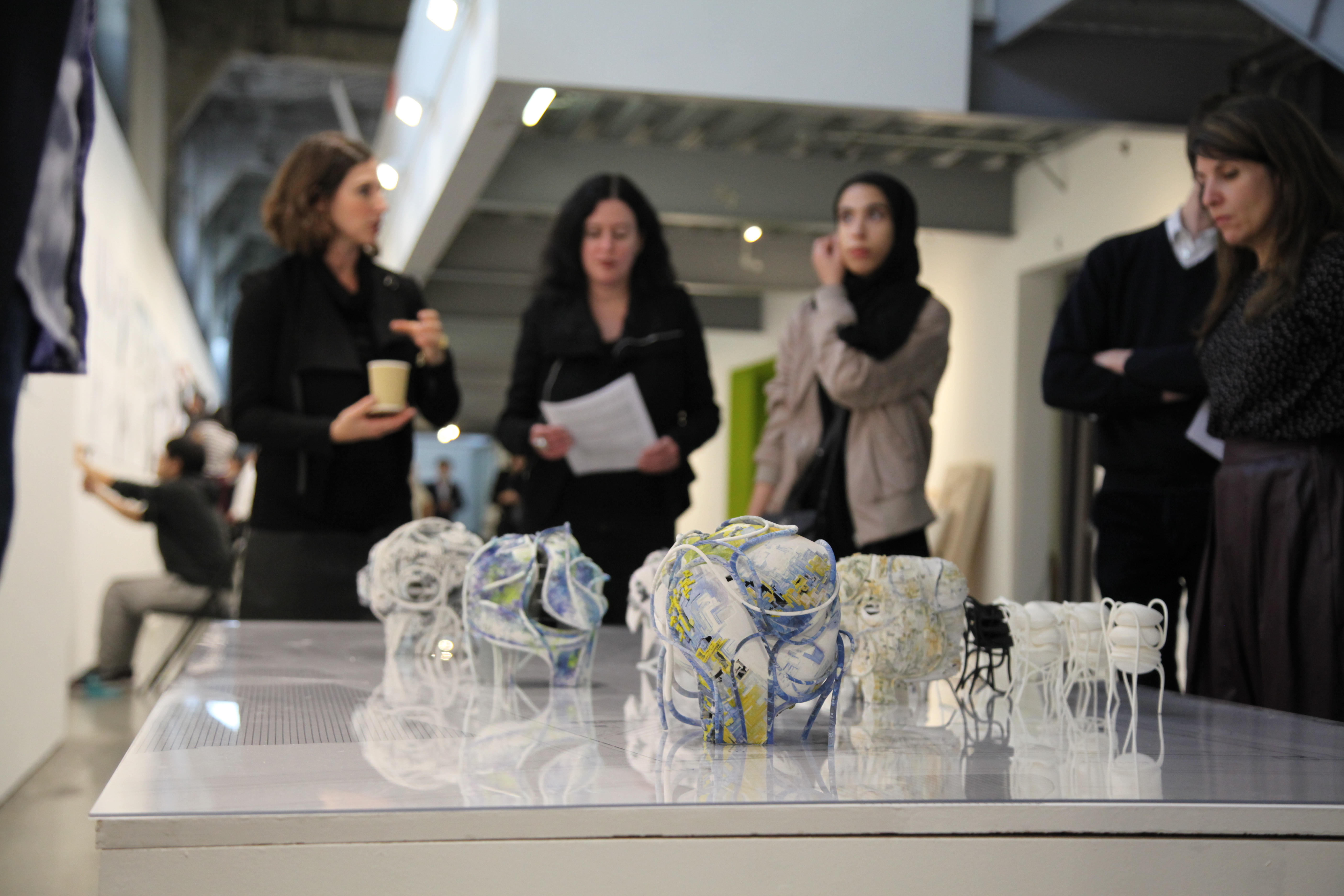
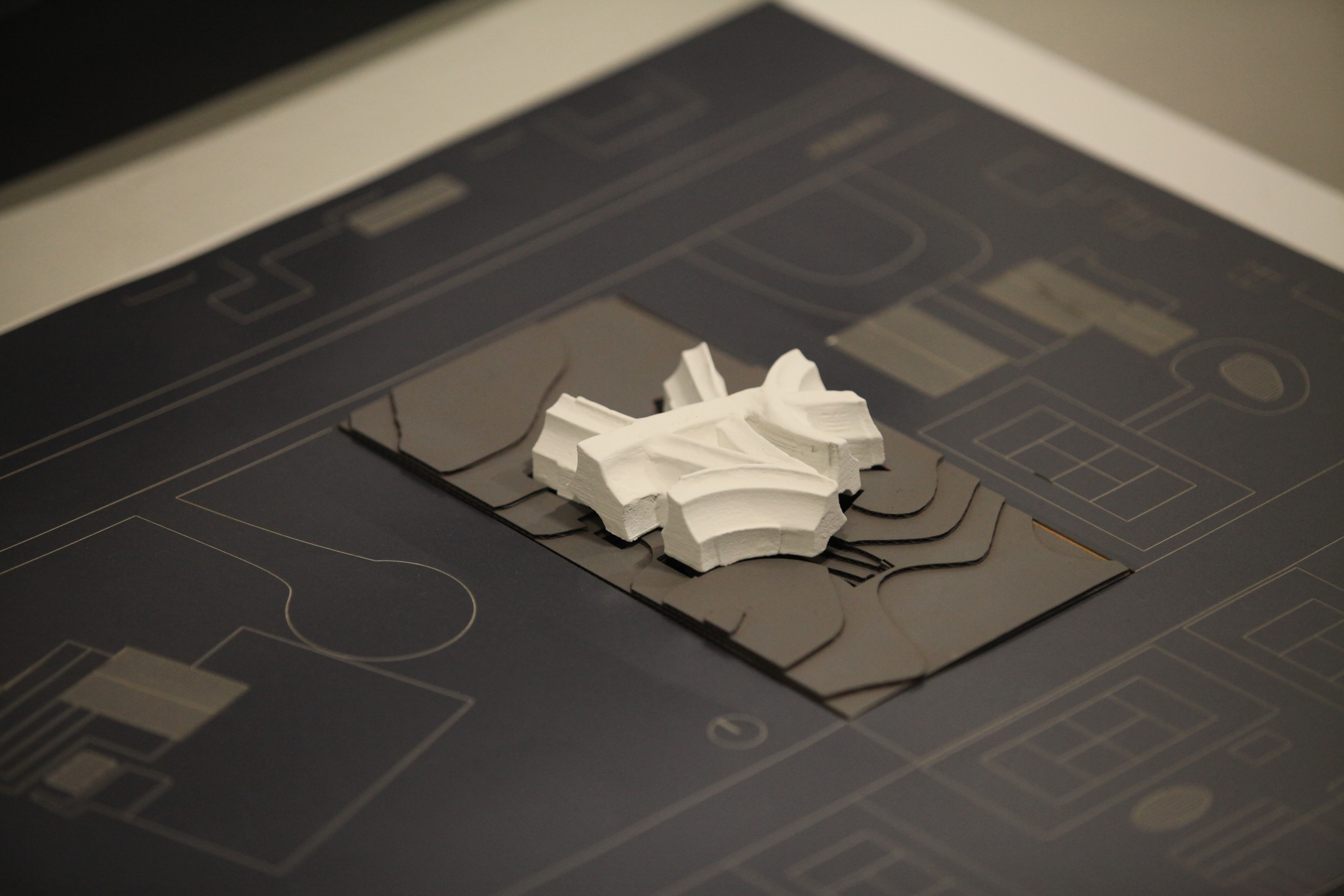

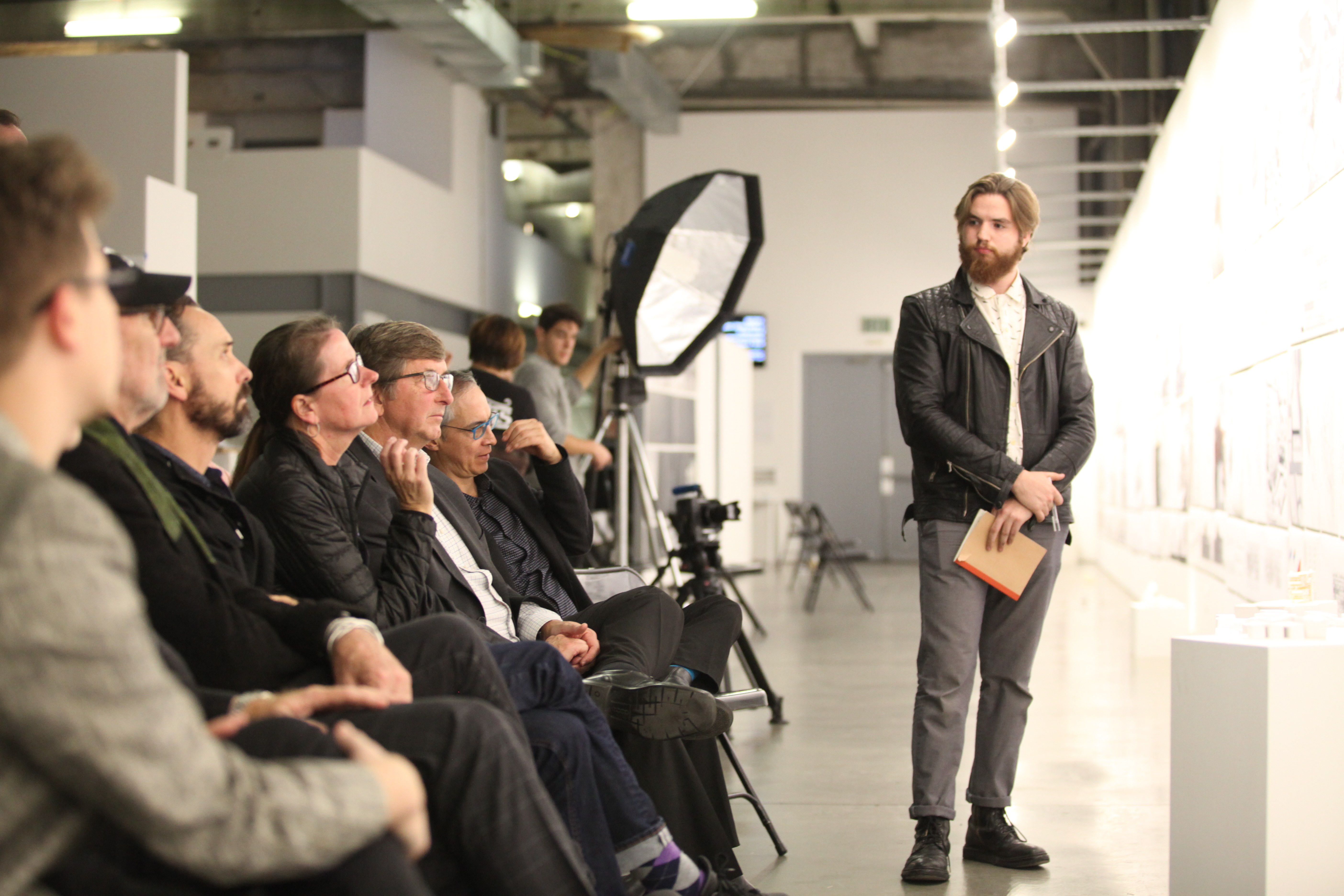
Undergraduate Fall 2016 Semester in Review
Wolf Prix, co-founder, design principal, and CEO of design, architecture, and planning firm Coop Himmelb(l)au, worked with SCI-Arc as a special advisor to the B.Arch thesis studio, and will return next semester to kick off Spring Thesis on January 19-20.
“Wolf brings a unique obsession for architecture, but also the strategies and scenarios that make architecture possible in the world,” SCI-Arc’s Wiscombe says. “He is the right architect at the right time for our new project-focused thesis mission, and an incredibly thoughtful and charismatic teacher.”
Thesis-focused studios at all undergraduate levels also participated in reviews. The undergraduate fourth-year Studio, 4A, coordinated by Ramiro Diaz Granados and co-taught with Dwayne Oyler, David Ruy and Tom Wiscombe, was rebuilt this fall to help students shape a unique intellectual and aesthetic project to carry into fifth-year thesis work, which is a new model of teaching at this level, according to Wiscombe. Rather than prescribing techniques or setting a brief to be executed by students, instructors ask students to operate in a mode of curiosity and discovery to write and execute their own brief.
“This approach helps students build confidence in rhetoric and representational skills, and develop a greater sense of ideas relevant to architecture today,” Wiscombe says. “The range of ideas and projects was astounding.”
Third-year studio, 3A, coordinated by Maxi Spina, reimagined a super-tower in the Reforma District of Mexico City. The studio asks students to develop a rigorous project that is inventive yet also sophisticated enough to deal with the typological and code restrictions associated with tower design. To support the course work, 60 students and four instructors visited Mexico to observe specific site conditions, and gain understanding of the vibrant cultural scene of the world’s third-largest city.
Second-year studio, 2A, coordinated by Emmett Zeifman, took on a mat-building typology with a focus on the planning and organization of a school project. “The range of work produced was inventive both in terms of its formal sophistication but also its ability to deal with ideas about the space of education,” Wiscombe explains. “Students come out of 2A able to negotiate the movement from pure abstraction towards a complex building design. This is crucial for the development of our students, and really something that is at the core of architectural thinking.”
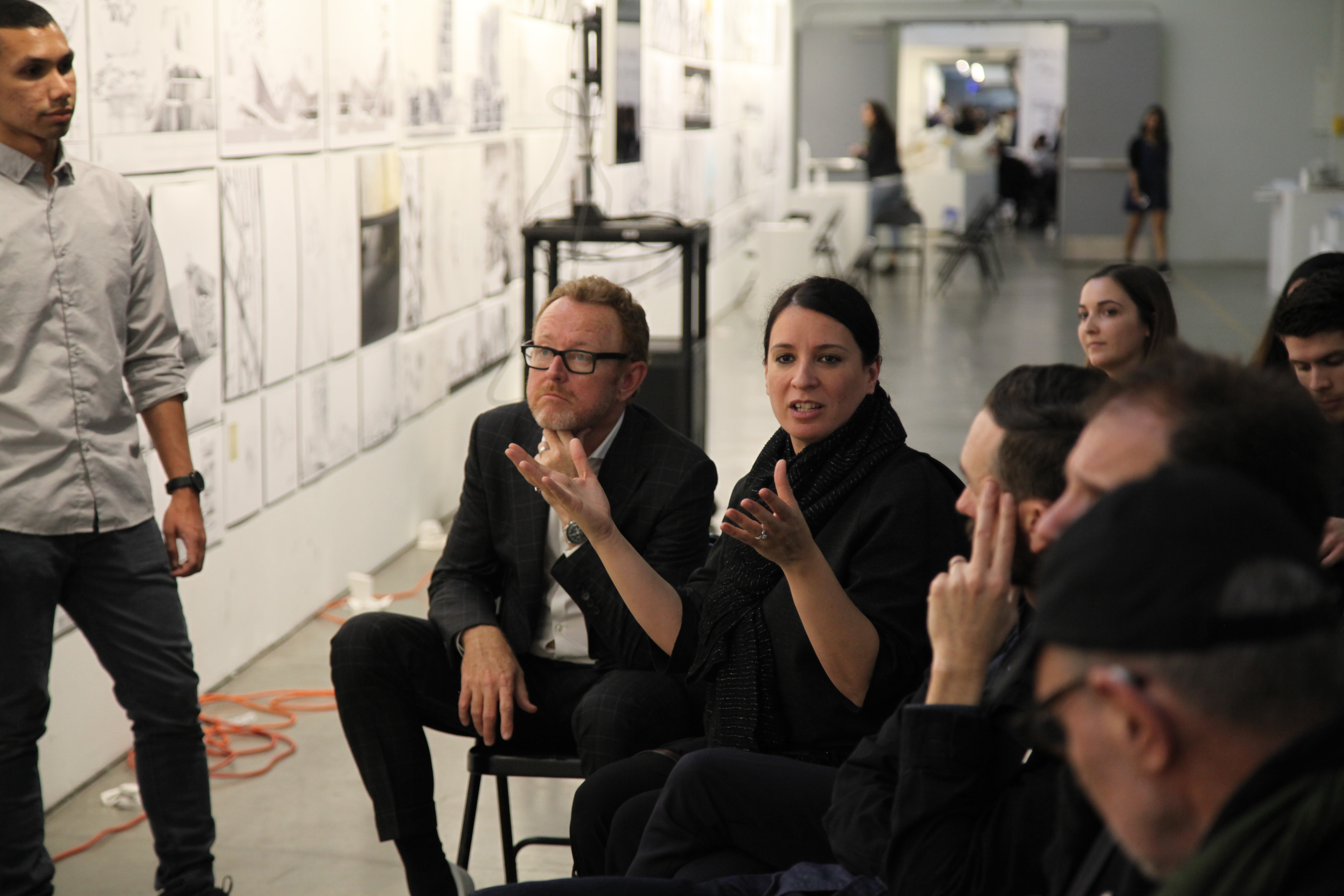
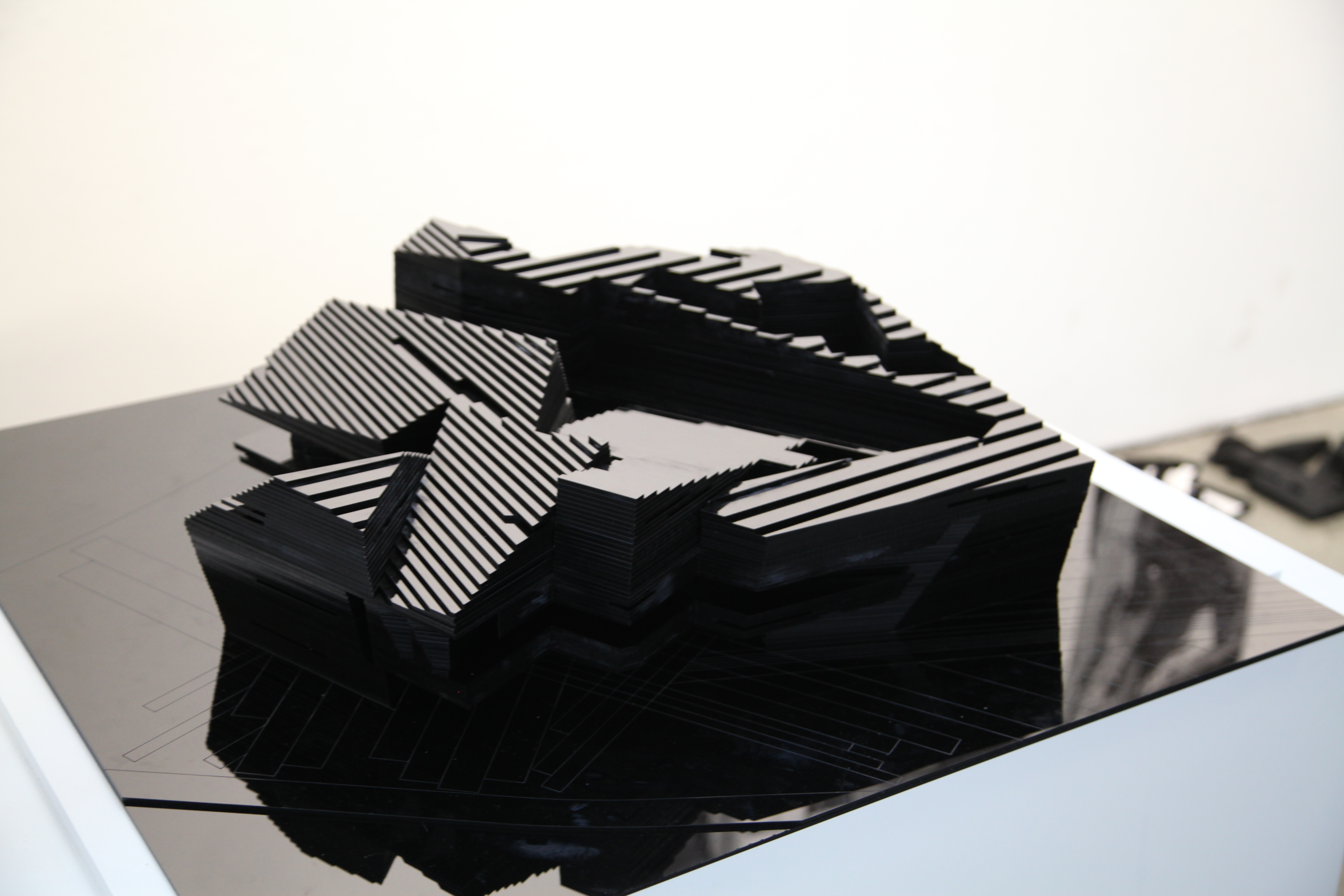
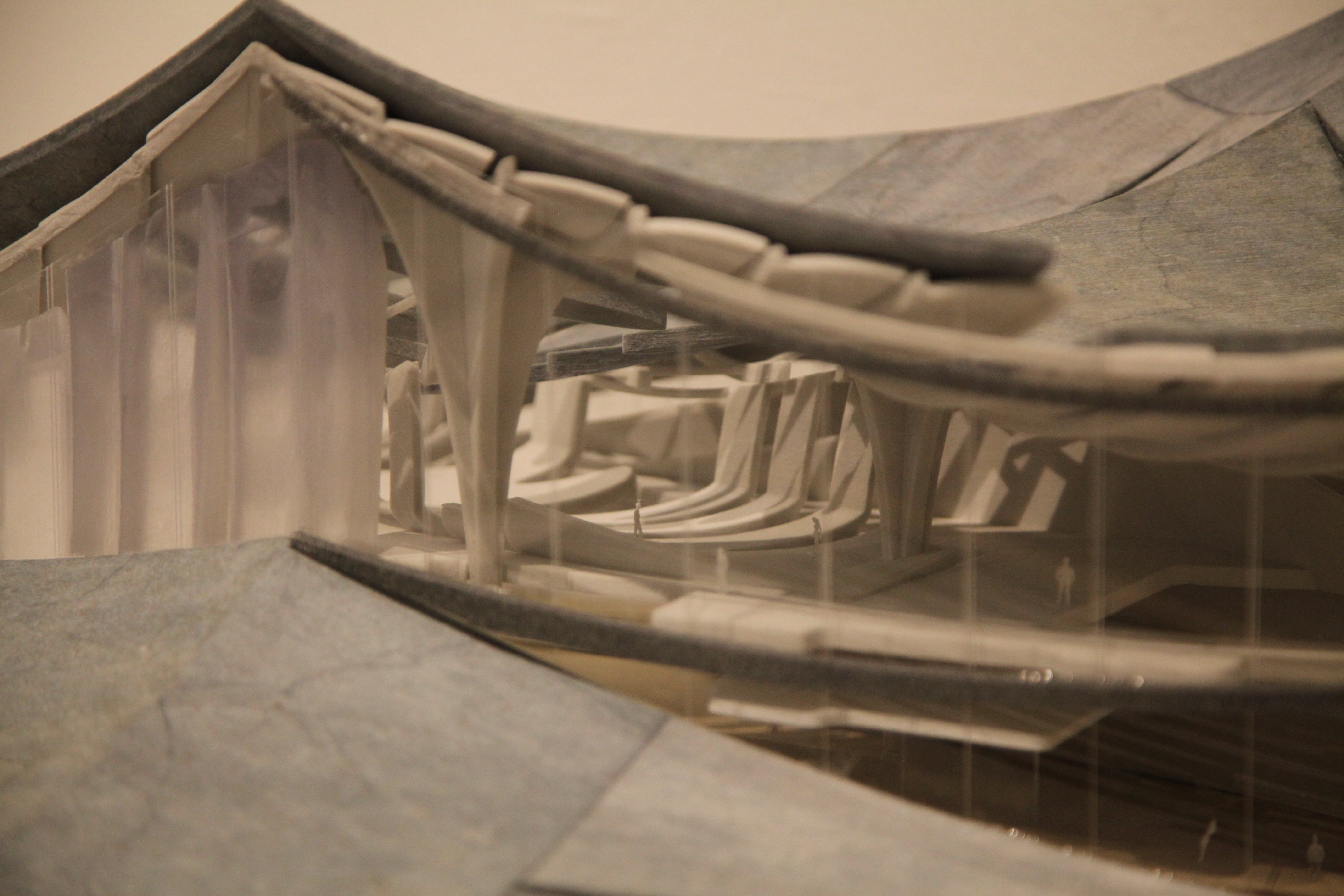
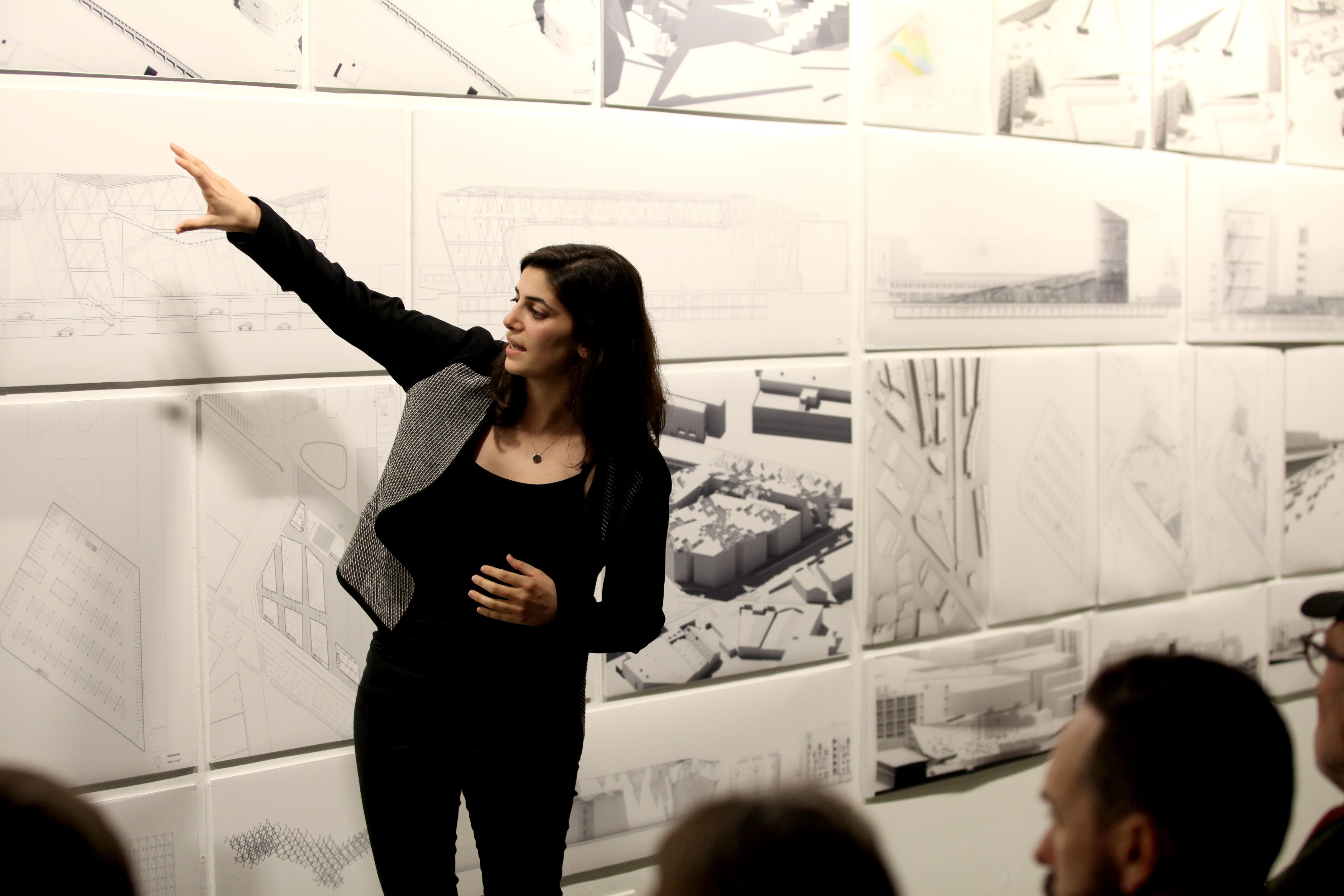
Graduate Fall 2016 Semester in Review
First-year students in 1GA studio, led by Matthew Au, Ming Fung, Anna Neimark, and Constance Vale, were challenged to design a public library in LA. The 1GA studio introduces students to the central problems of architecture—including geometry, form, and space—through the technologies from diagramming to drawing to model making. Over the course of the semester, students pay close attention to the development of ideas that inform an iterative and creative process for working with many different types of media such as physical models, two-dimensional drawings, and digital interfaces.
“This year the work was particularly vibrant—especially the large unfold, drawings,” Manferdini says.
The second- year 2GA Project—the low-rise Line Headquarters in San Francisco—was led by Kristy Balliet, Russel Thomsen, Devyn Weiser, and Jenny Wu. This comprehensive design studio is the core of the M.Arch 1 curriculum, and is structured to hone each student’s awareness of issues involved in a complex architectural project. Elemental spatial constructs and organizational systems are highlighted as both a result of and reaction to site conditions, program distribution, structural systems, building envelope systems and assemblies, environmental factors, and building regulations.
“Of particular note this year was the students’ address of the issue of volumes,” Manferdini says. “There was a focus on design of the buildings from the inside out.”
The 2GAX first-year project explored clean-tech facilities next to the LA River and the 6th Street Bridge. Though the studio is led by Herwig Baumgartner, Marcelyn Gow, Florencia Pita, and Casey Rehm, students led conversations about aesthetic agendas, architecture’s contemporary and future societal role, and the impact of theoretical and technological innovation on architecture’s design and communicative repertoire.
“Their ensuing design work engages issues that range from fundamental morphological transformations through rigorous 3D modeling, to the role of the image and digital sampling in the production of architectural form,” Manferdini explains. “This year, students combined the use of AR and VR, and the idea of sketching a building through manually-drawn lines in space.”
In 2017, Manferdini has invited Sylvia Lavin, Stan Allen, Joe Day, and Axel Kilian to be super-jurors of the coming spring thesis program.
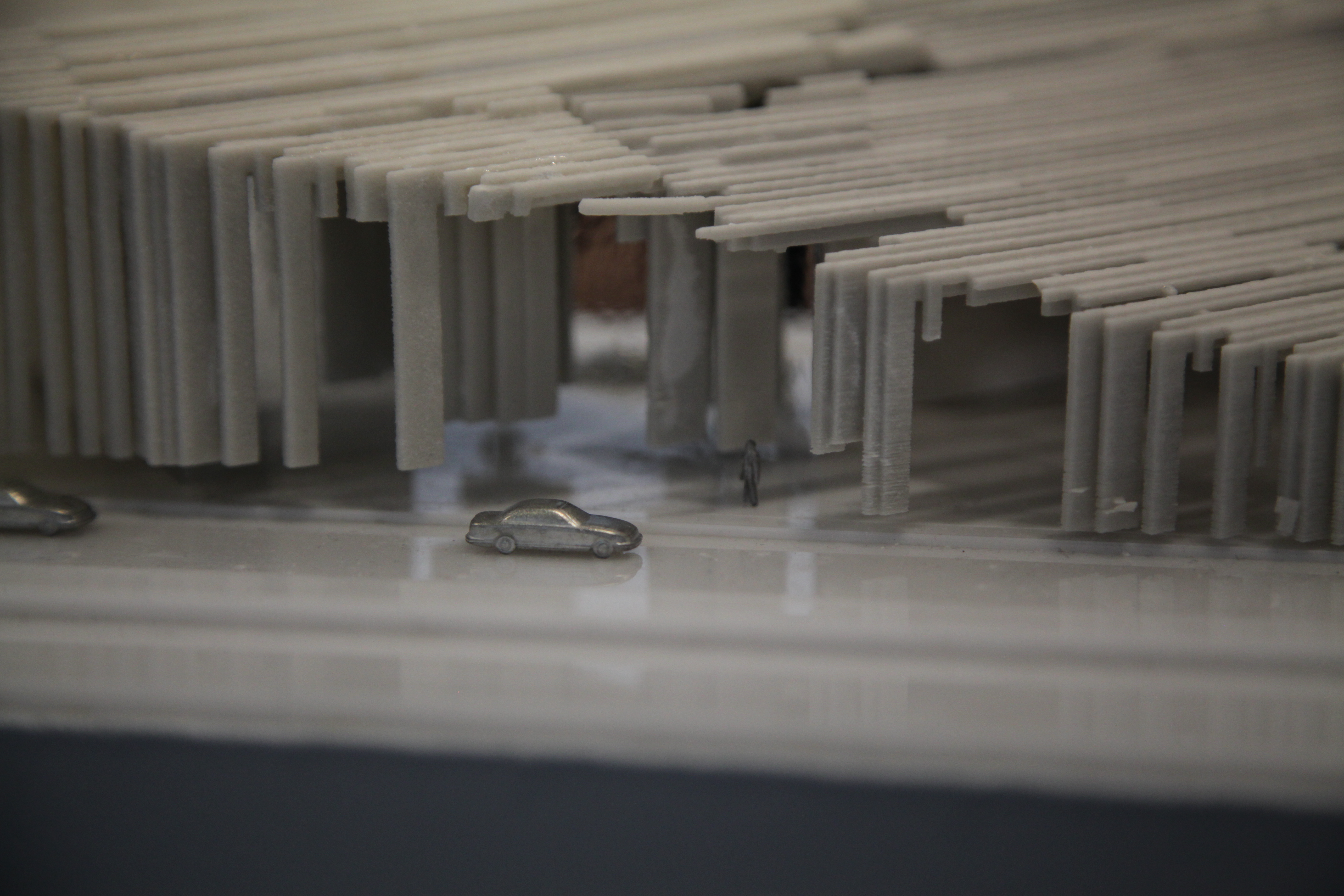
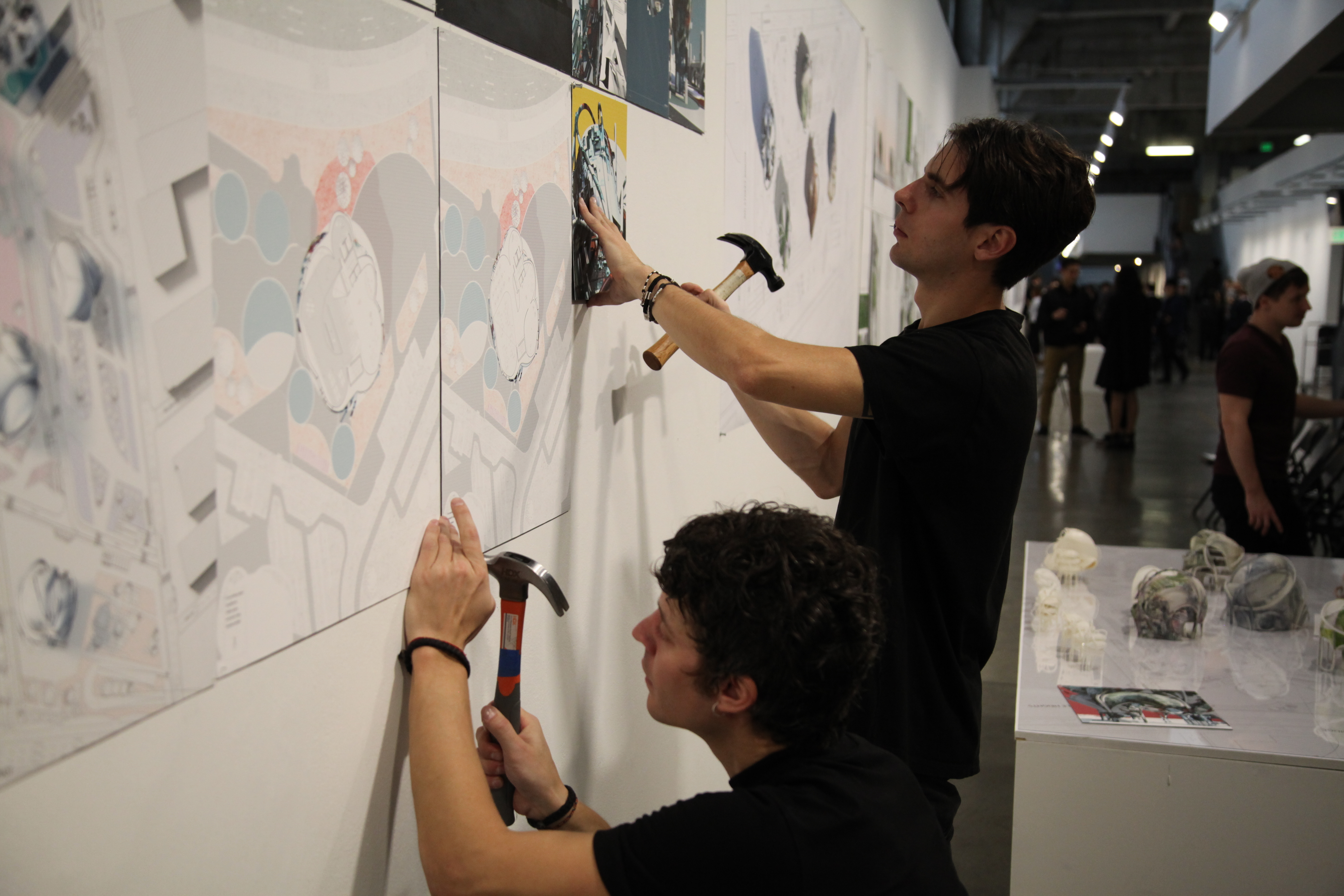
Looking Ahead at Spring 2017
In the 2017 spring semester, the school will launch the SCI-Arc Cinema Series, which will expand Liberal Arts film courses into a Public Program for the L.A. Arts District, and downtown Los Angeles at large. SCI-Arc will screen major motion pictures related to architecture, technology, and visual culture, preceded by special introductions and content. SCI-Arc Liberal Arts Faculty and KXLU Faculty M.C. Michael Stock will engage screenwriters, production designers, directors, theorists, and historians to contextualize the featured films and engender discussion.
"SCI-Arc is more than a school of architecture: It is becoming a major cultural hub in downtown Los Angeles and the Arts District,” Wiscombe says. “The SCI-Arc Cinema Series is part of our initiative to bring breadth and the liberal arts to architectural education, and it is also a way for us to reach out and contribute to the intellectual and visual culture of our local community."